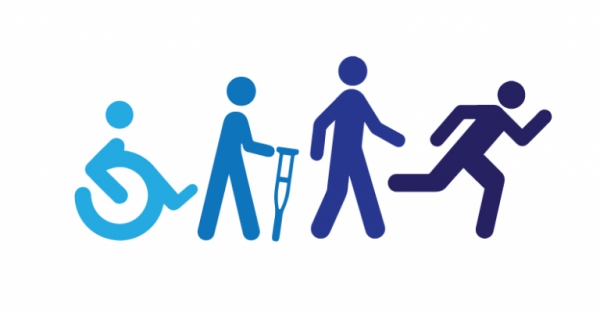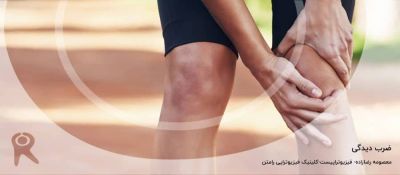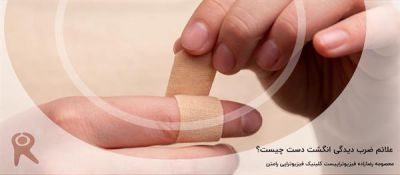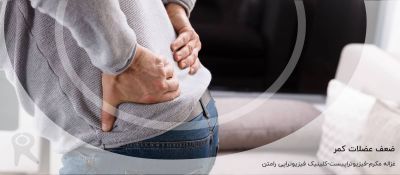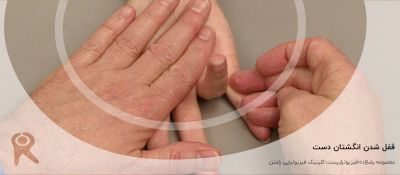Etiology
Vascular - Cerebral hemorrhage , Stroke , Diabetic Neuropathy.
Infective - Encephalitis , Meningitis , Brain abscess.
Neoplastic - Glioma - meningioma
Demylination - Disseminated sclerosis , lesions to the Internal capsule .
Traumatic - Cerebral lacerations , Subdural Hematoma . Rare cause of hemiplegia is due to local anaesthsia injections given intra arterially rapidly , instead of given in a nerve branch .
Congenital- Cerebral palsy
Disseminated - Multiple Sclerosis
Psychological - Parasomnia (Nocturnal hemiplegia ).
Mechanism
Damage to the CorticospinalTract leads to the injury on the oppoSite side of the body. This happens because the motor fibres of the CorticospinalTract , which take origin from the motor cortex in brain , cross to the oppoSite side in the lower part of medulla oblongata and then descend down in spinal cord to supply their respective muscles.
Medical diagnosis
History and examination
An accurate history profiling the timing of neurological events is obtained from the patient or from family members in the case of the unconscious or noncommunicative patient . Of particular importance are the exact time and pattern of symptom occurs . The most common , slowest in hours , wakes up in the morning with weakness , history of TIA , old age is typical with thrombosis . An embolus occurs rapidly with no warning , history of heart disease , younger age group , no progression (maximum deficit occurs at onset) . An abrupt onset with worsening symptoms , history of prolonged hypertension , severe headache described as "worst headache of my life " , altered consciousness , convulsions , vomiting is suggestive of haemorrhage. The patient 's past history , including episodes of TIAs or head trauma , presence of major or minor risk factors and medications , pertinent family history and recent alterations in patient function ( either transient or permanent ) are thoroughly investigated.
The physical examination of the patient includes an investigation of vital signs ( heart rate , respiratory rate , blood pressure , clubbing ) , signs of cardiac decompensation, and function of the cerebral hemispheres , cerebellum , cranial nerves , eyes and sensorimotor system.
Outcome measures
NIH Stroke Scale
Dynamic Gait Index, the 4-item Dynamic Gait Index, and the Functional Gait Assessment show sufficient validity, responsiveness, and reliability for assessment of walking function in patients with stroke undergoing rehabilitation, but the Functional Gait Assessment is recommended for its psychometric properties
Chedoke-McMaster Stroke Assessment
Chedoke Arm and Hand Activity Inventory
CRS-R Coma Recovery Scale Revised is used to assess patients with a disorder of consciousness, commonly coma.
Take a look at our Stroke Outcome Measures Overview for more information
Cerebrospinal imaging
CerebroVascular imaging is the main tool to establish the diagnosis of suspected hemiplegia. Advanced neuroimaging can rapidly indentify the occluded artery and estimate the size of the core and the penumbra.
Computer tomography and MRI scans
For acute care of stroke patients, a number of computed tomography (CT) and magnetic resonance (MR) techniques are essential. Noncontrast CT excludes other causes of acute neurologic defi cits and intracranial hemorrhage. CT and MR angiography can identify intraVascular clots, and the CT angiography source images improve detection of acute infarction over plain CT. Diffusion MRI estimates the size, location, and age of infarcted core more precisely, and perfusion imaging estimates the ischemic penumbra.CT and MR imaging techniques are used to provide four types of information that are essential to the care of acute stroke patients.
1. They establish the diagnosis of ischemic stroke and exclude other potential causes of an acute neurologic defi cit.
2. They identify intracranial hemorrhage.
3. They identify the Vascular lesion responsible for the ischemic event.
4. They provide additional characterization of brain tissue that may guide stroke therapy by determining the viability of different regions of the brain and distinguishing between irreversibly infarcted tissue and potentially salvageable tissue.
When a stroke has been diagnosed, determining the underlying aetiology is important with regard to secondary stroke prevention. Common techniques include:
• ultrasound of the carotid arteries to determine carotid stenosis
• electrocardiogram (ECG) to detect arrhythmias of the heart which may send clots in the heart to the blood vessels of the brain
• Holter monitor to identify intermittent arrhythmias
• angiogram of the blood vessels of the brain to detect possible aneurysms or arteriovenous malformations and
• blood test to examine the presence of hypercholesterolemia (high cholesterol).
Examination
The selection of examination procedures will vary based on a number of factors including patient age , location and severity of stroke , stage of recovery , data from initial screenings , phase of rehabilitation and home /community / work situation , as well as other factors.
General examination
General appearance including posture , motor activity
Vital signs - Level of consciousness ,pulse , BP , look for pupil size , conjugate deviations of eyes , Meningeal signs.
Neurocutaneous markers-
- Neurofibroma over the skin ( may have associated Tuberous sclerosis of brain )
- Sebaceous adenoma
- Sturge Weber Syndrome - facial nerve (port wine stain ) involving one half of face with upper eyelid - associated with atrophy and calcification of ipsilateral cerebral hemisphere.
- Lymphadenopathy
- Cyanosis
- Clubbing
- Shortening of hemiplegic limb - indicates it is dating from early childhood
- Irregular pulse of atrial fibrillation
Higher examination
A. Consciousness - Check level of altered sensorium . for this refer Glasgow Coma Scale
B. Orientation -In time , place , space , person are tested.
C. Memory-It includes Immediate memory , Recent memory , Remote memory.Check with relatives or friends of the patient if he is correct
D. Intelligence
E. Speech- Speech disturbances APHASIA may occur
F. Emotion - Anxious / depressed / elated / swings of mood.
G. Judgment
H. Behaviour
I. Presence of hallucination/dellusion/illusion
Gait
In hemiparesis, facial paresis may not be obvious. In mild cases, subtle features of facial paralysis (eg, flattening of the nasolabial fold on 1 side compared to the other, mild asymmetry of the palpebral fissures or of the face as the patient smiles) may be sought. The shoulder is adducted; the elbow is flexed; the forearm is pronated, and the wrist and fingers are flexed. In the lower extremities, the only indication of paresis may be that the ball of the patient's shoe may be worn more on the affected side.
In severe cases, the hand may be clenched; the knee is held in extension and the ankle is plantar flexed, making the paralyzed leg functionally longer than the other. The patient therefore has to circumduct the affected leg to ambulate.
In hemiplegic patients in whom all the paralysis is on the same side of the body, the lesion is of the contralateral upper motor neuron. In most cases, the lesion lies in the cortical, subcortical, or capsular region (therefore above the brainstem). In the alternating or crossed hemiplegias, CN paralysis is ipsilateral to the lesion, and body paralysis is contralateral. In such cases, CN paralysis is of the lower motor neuron type, and the location of the affected CN helps determine the level of the lesion in the brainstem. Therefore, paralysis of CN III on the right side and body paralysis on the left (Weber Syndrome) indicates a midbrain lesion, whereas a lesion of CN VII with crossed hemiplegia (Millard-Gubler Syndrome) indicates a pontine lesion, and CN XII paralysis with crossed hemiplegia (Jackson Syndrome) indicates a lower medullary lesion.
Cranial nerve integrity
The therapist examines for facial sensation (CN 5) , facial movements (CN 5 and 7), and labrynthine / auditory function (CN 8 ) . The presence of swallowing and drooling necessitates an examination of the motor nuclei of the lower brainstem cranial nerves (CN 9 , 10 and 12) affecting the muscles of the face , tongue , pharynx and larynx. The visual system should be carefully investigated , including tests for visual field defects (CN 2 , optic radiation , visual cortex ), acuity (CN 2 ) ,Pupillary reflexes (CN 2 and 3 ) and extraocular movements (CN 3 , 4 and 6).

